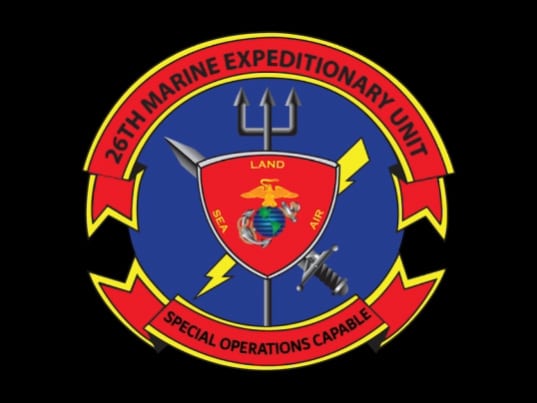What Are Marine Expeditionary Units?
November 28th, 2023
8 minute read
With the conflict currently raging in the Middle East, much attention has been paid to what role the United States could play in it. And if you have been following these discussions, you likely have heard reference to the 26th Marine Expeditionary Unit (Special Operations Capable).
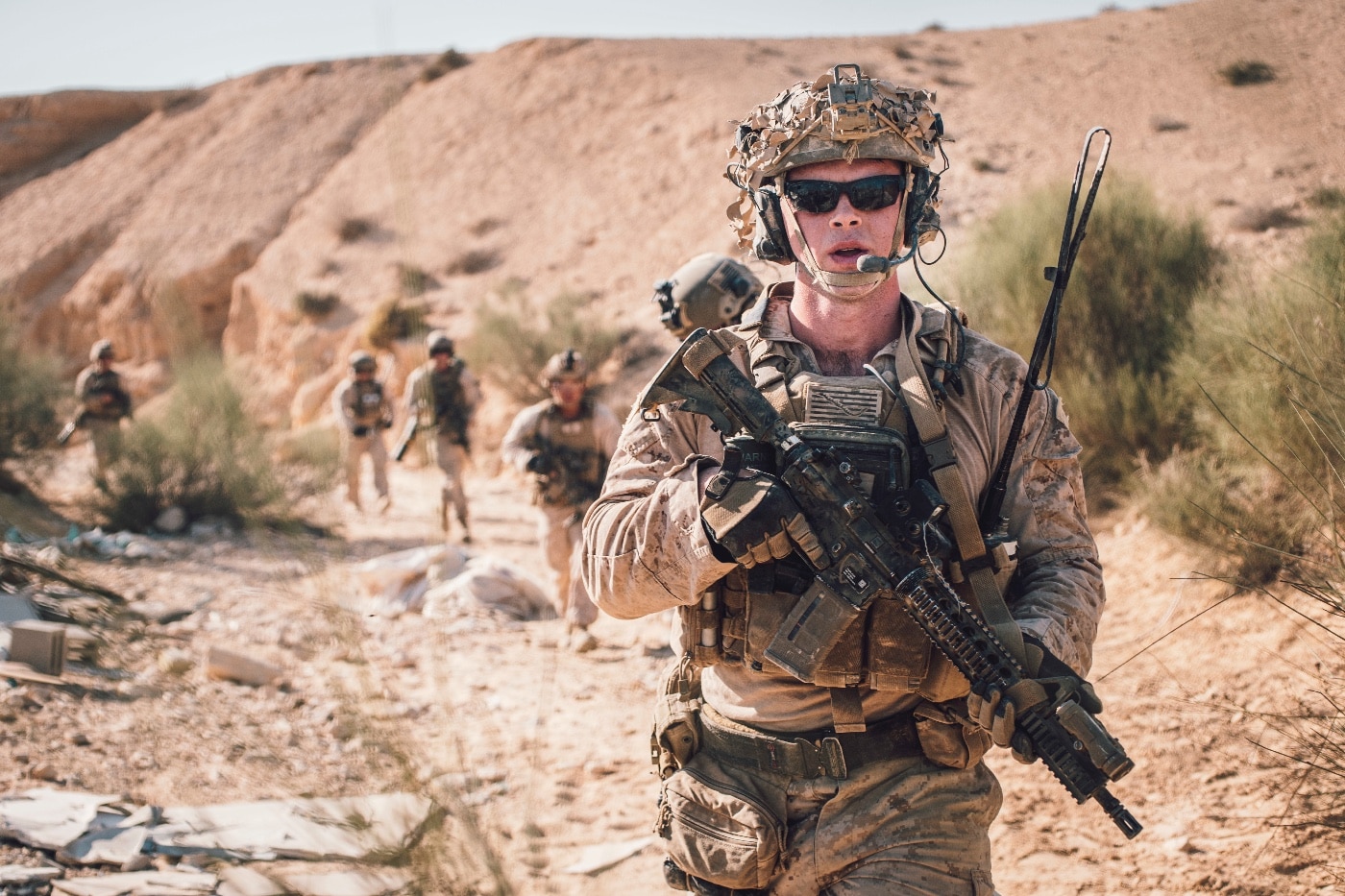
What does that mean? What is a Marine Expeditionary Unit (MEU), and why does the 26th carry that SOC parenthetical designation? All good questions, and even if you’re a Marine with recent deployment experience, some of the answer may be surprising.
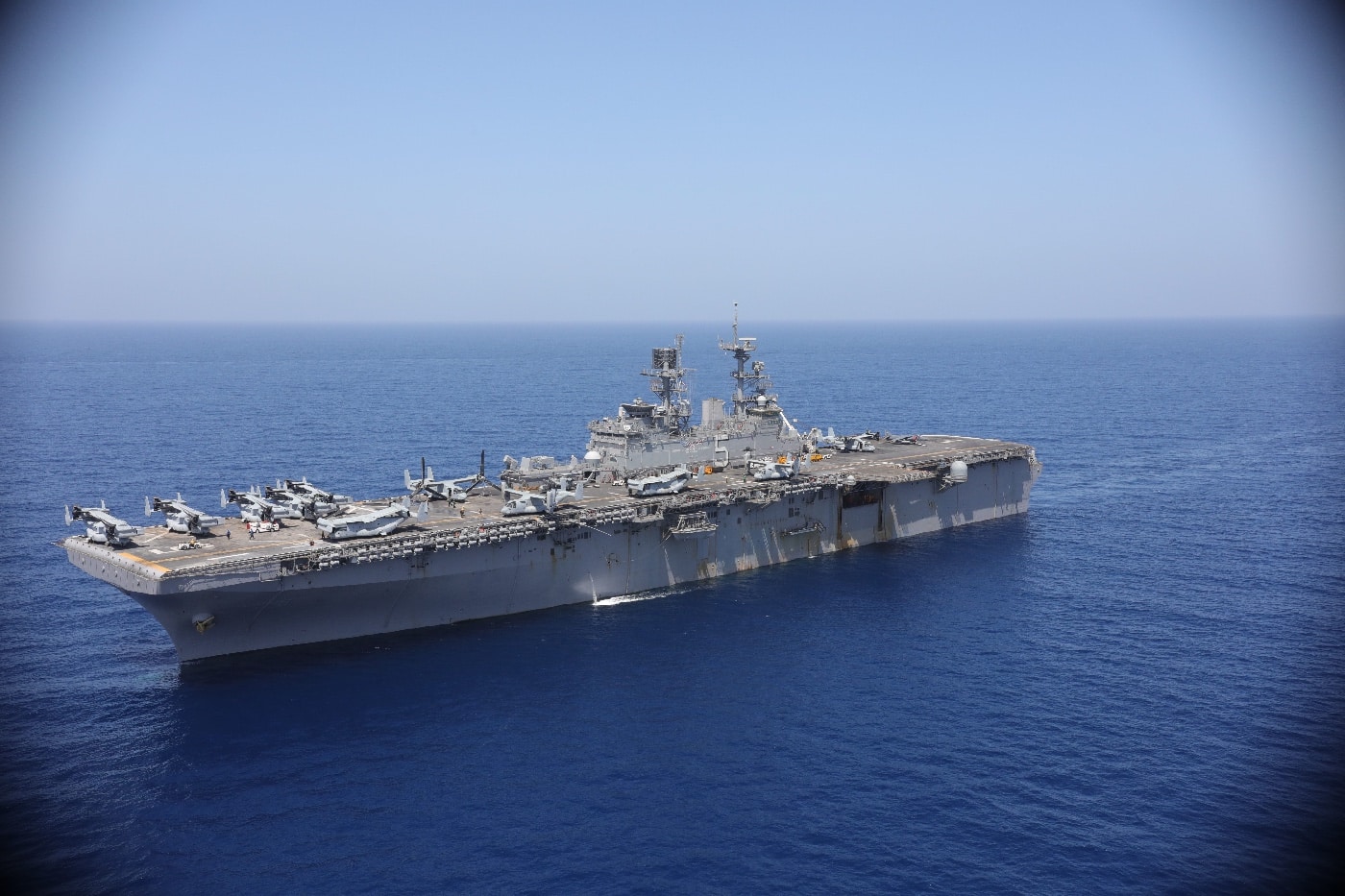
The 26th MEU (SOC) is out of east coast bases, primarily Camp Lejeune, North Carolina, and is deployed as part of the Bataan Amphibious Ready Group (ARG), which is sailing aboard three L-Class amphibious ships including the USS Bataan (LHD-5), USS Carter Hall (LSD-50) and USS Mesa Verde (LPD-19).
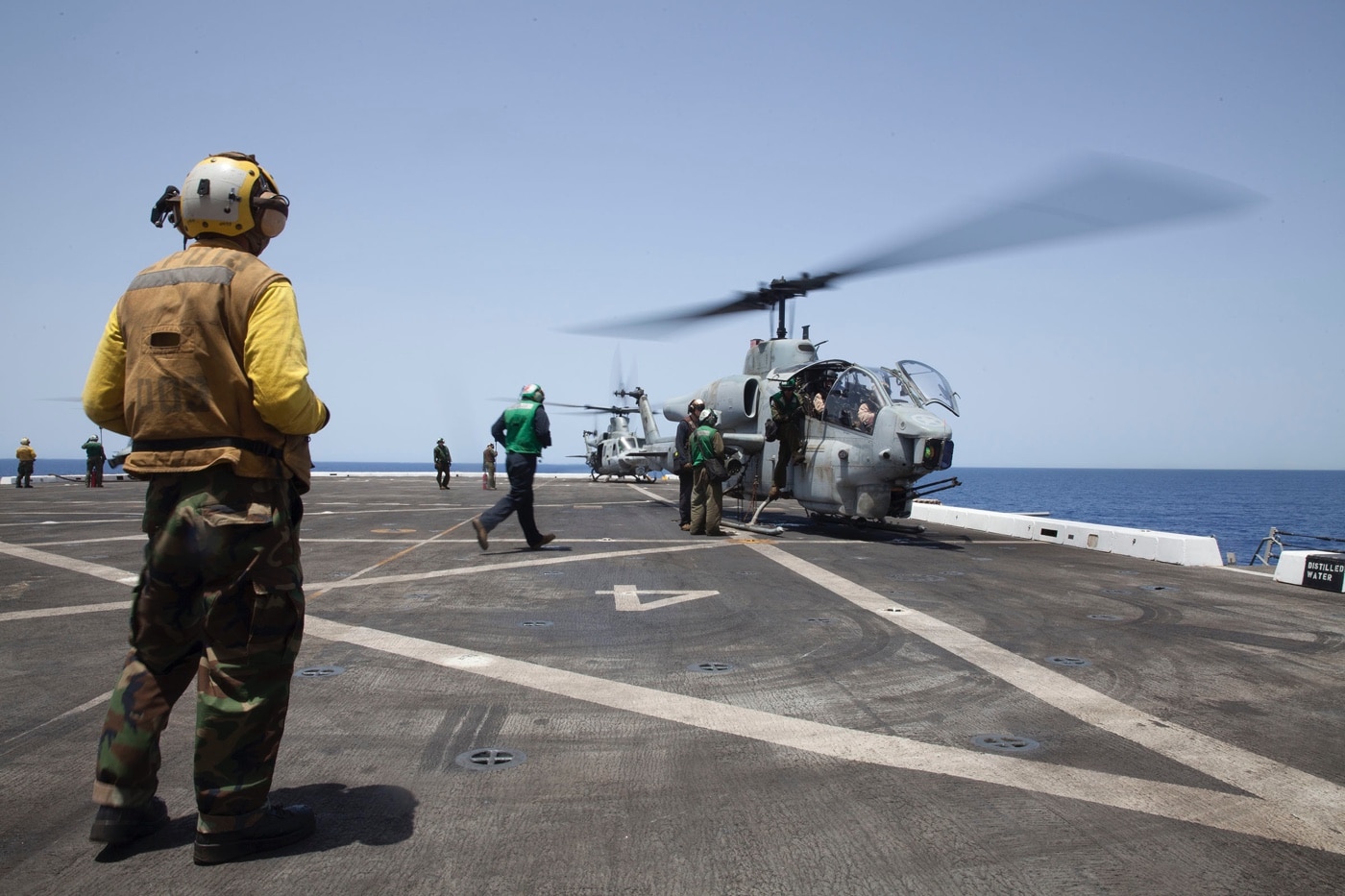
Spread out among those vessels is a partial Command Element (CE) aboard the Mesa Verde already in the Mediterranean Sea, and a Ground Combat Element (GCE), an Aviation Combat Element (ACE), and a Logistics Combat Element (LCE). The bulk of the latter elements are aboard Bataan and Carter Hall steaming in the Red Sea close enough to be assembled and deployed should the U.S. need them.
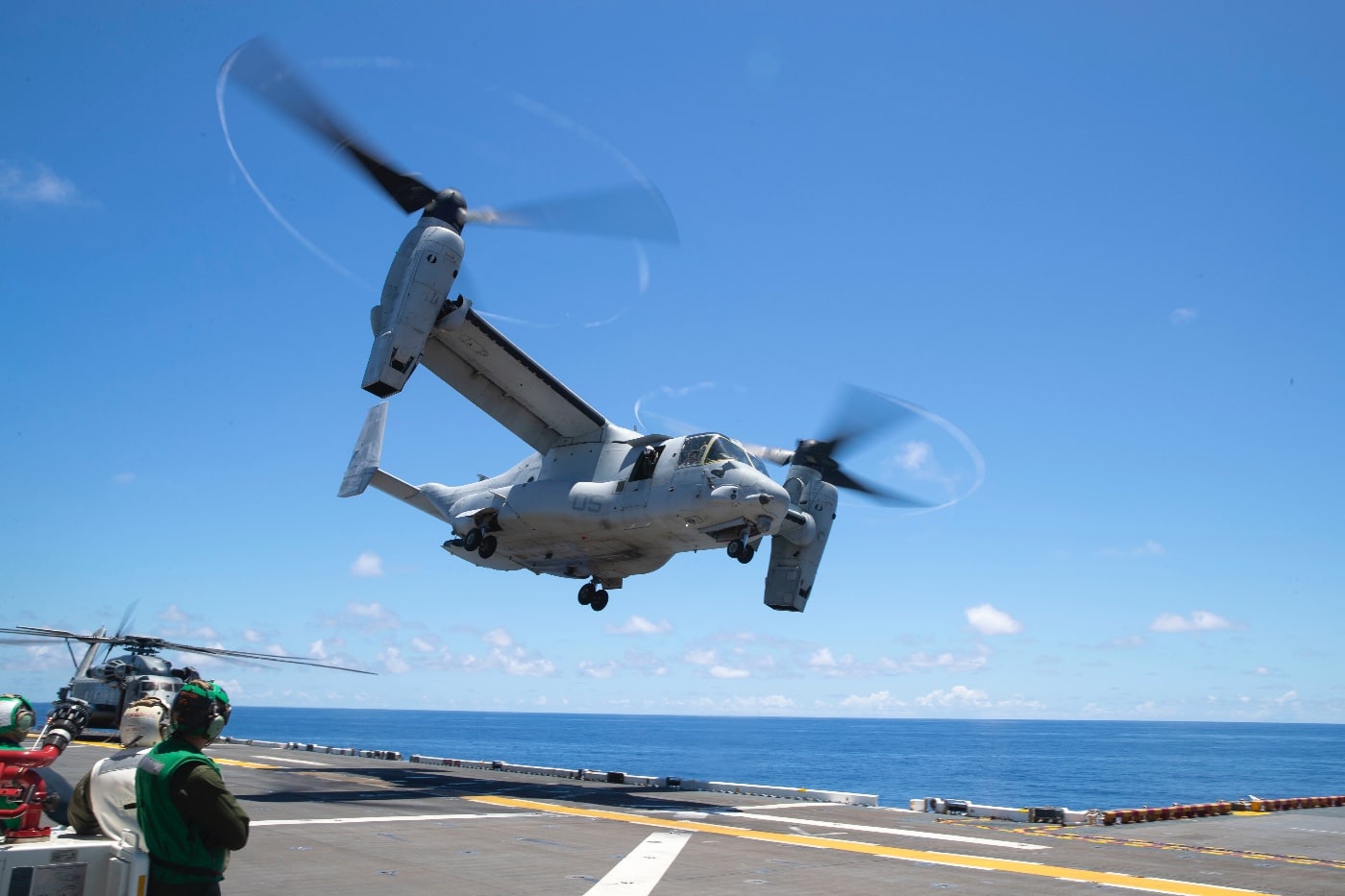
The Foundations
Drilling down into the MEU (SOC) organization you’d find the GCE is BLT 1/6, or a Battalion Landing Team of about 1,200 Marines and sailors from 1st Battalion, 6th Marines. Surprisingly, 1/6 deployed without amphibious landing vehicles. The Corps is still waiting to fully certify the new Amphibious Combat Vehicle (ACV), which is designated to replace the workhorse AAVs or amtracs that served as ship-to-shore connectors for decades.
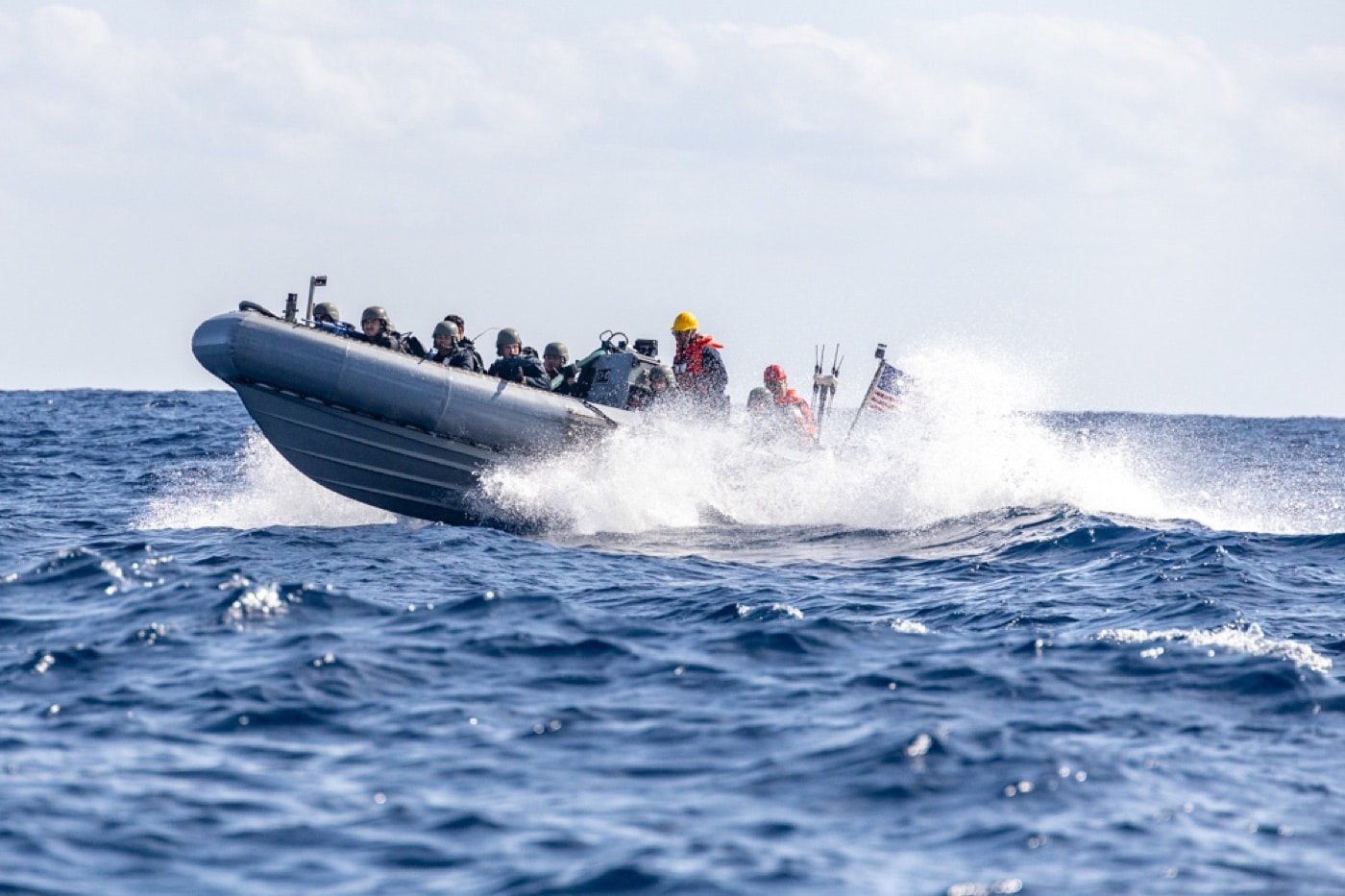
That means that if the flag goes up for a landing, the Marines will be using workarounds based on the Navy’s LCACs (Landing Craft Air Cushion) and old standard LCUs (Landing Craft, Utility). Another makeshift surface connector would be the 11-meter Rigid Hull Inflatable Boats (RHIBs) with Marine coxswains specially trained by Navy Combatant Craft specialists.
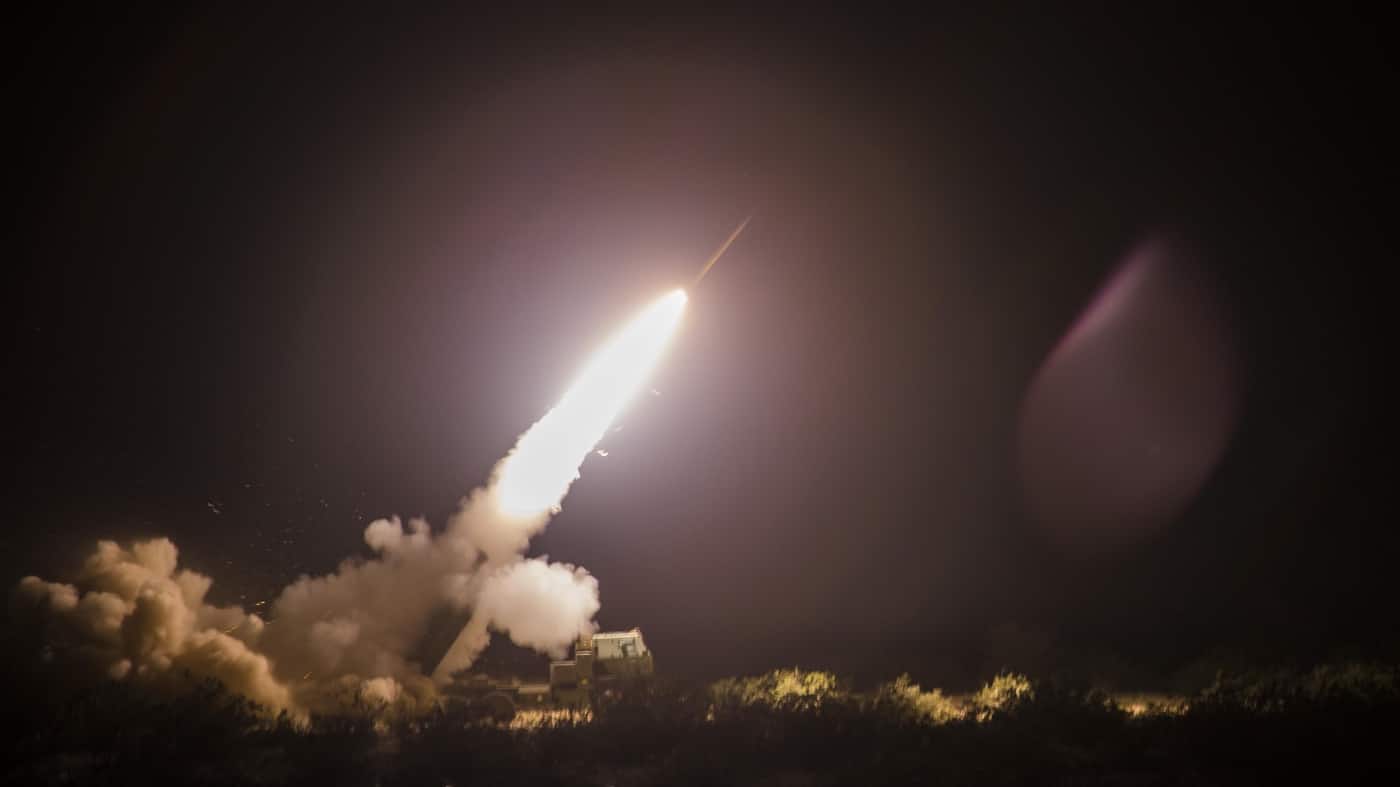
As the Marine Corps — mistakenly in my opinion — recently opted to get rid of all it’s tanks, the 26th MEU (SOC) would enter combat on its current deployment into prime tank terrain sans heavy armor. The MEU has only the LAV-25 as a light armor weapon to support infantry operations.
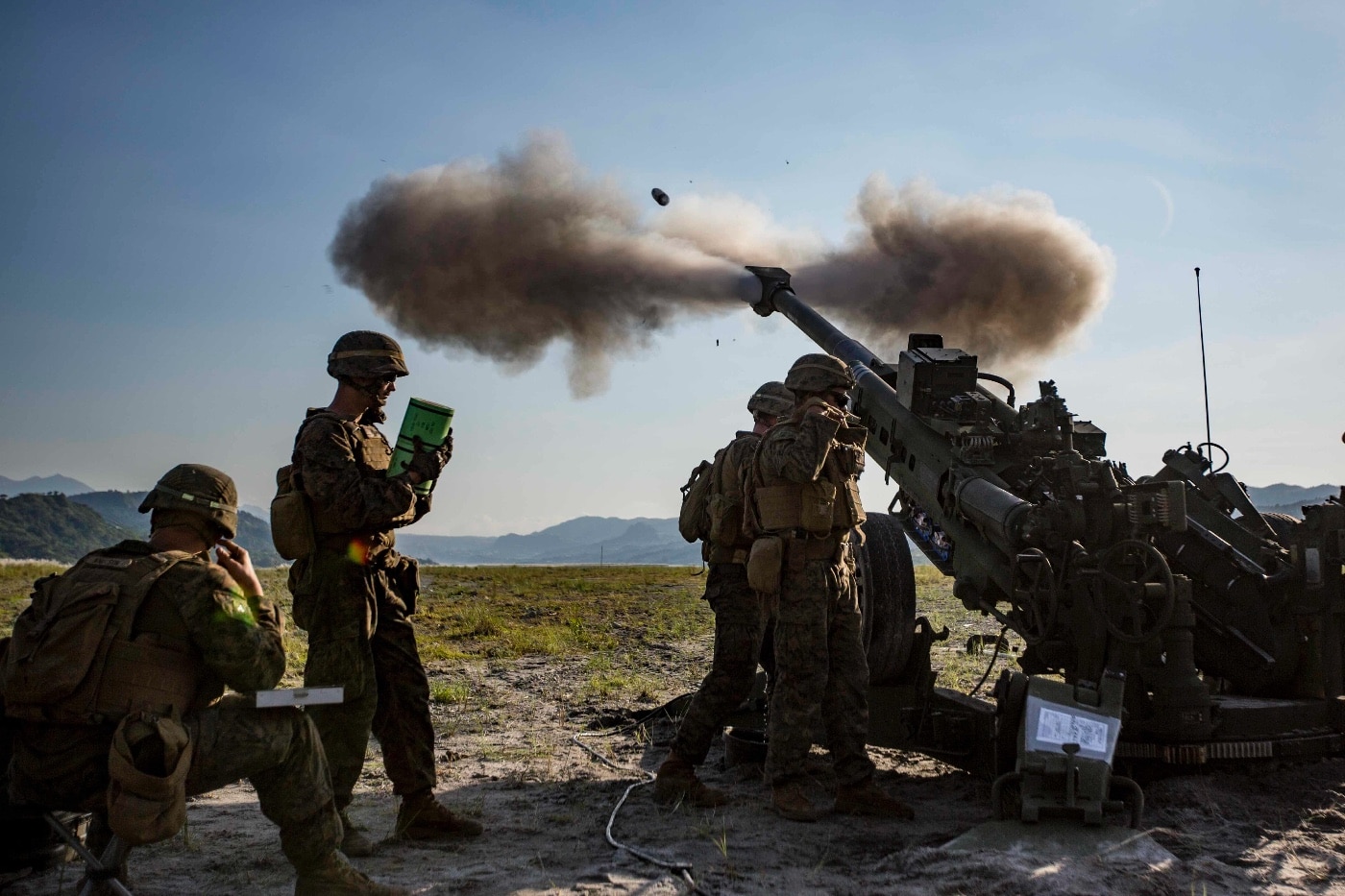
On a perhaps brighter note, the artillery battery designated to support 1/6 ashore has a mix of M777 155mm towed howitzers and three of the M142 High Mobility Artillery Rocket Systems (HIMARS) rocket launchers which can hit the beach, shoot and scoot in rapid fashion.
Over There
The MEU’s biggest problem in case it’s ordered ashore for combat operations would be actually landing the landing force. Because of the jury-rig surface connectors available, they will have to rely in large part on aircraft from the ACE, or Air Combat Element. In this case, it’s VMM-162 or Marine Medium Tiltrotor Squadron-162 (Reinforced), which primarily flies the MV-22 Osprey. The Ospreys are fast with relatively long legs, but they are vulnerable to light anti-aircraft weapons. Rotary-wing heavy lift capability in the ACE is also provided by a few CH-53E Super Stallion helicopters that can carry troops internally or cargo externally from ship to shore.
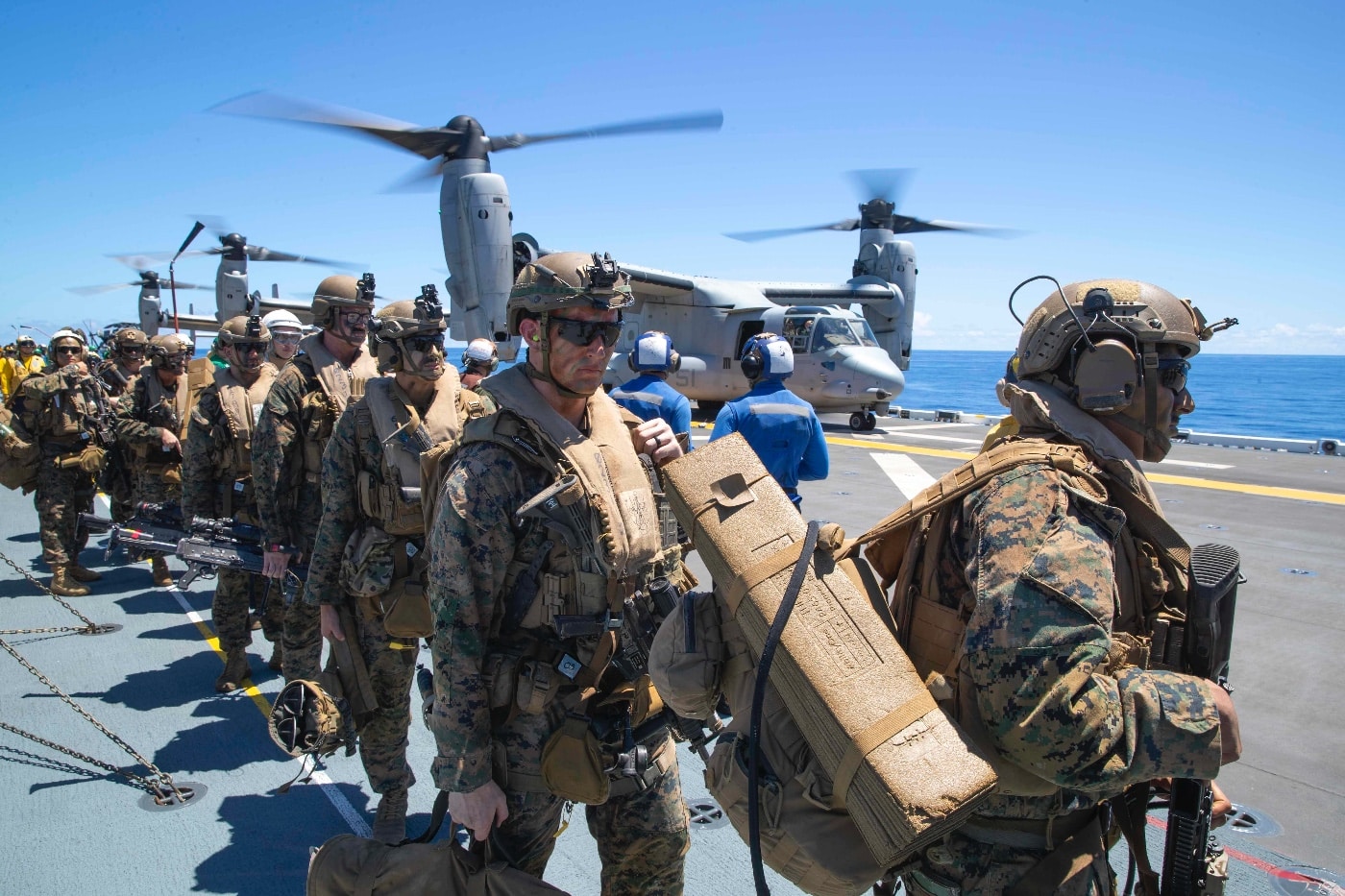
The problem with MEU air support is not enough airframes in the deployed Ospreys or Super Stallions to make up for the lack of surface connectors. And when you start losing aircraft to MANPADS (Man Portable Air Defense Systems), RPGs and heavy-caliber machineguns, ship-to-shore movement becomes a snarl.
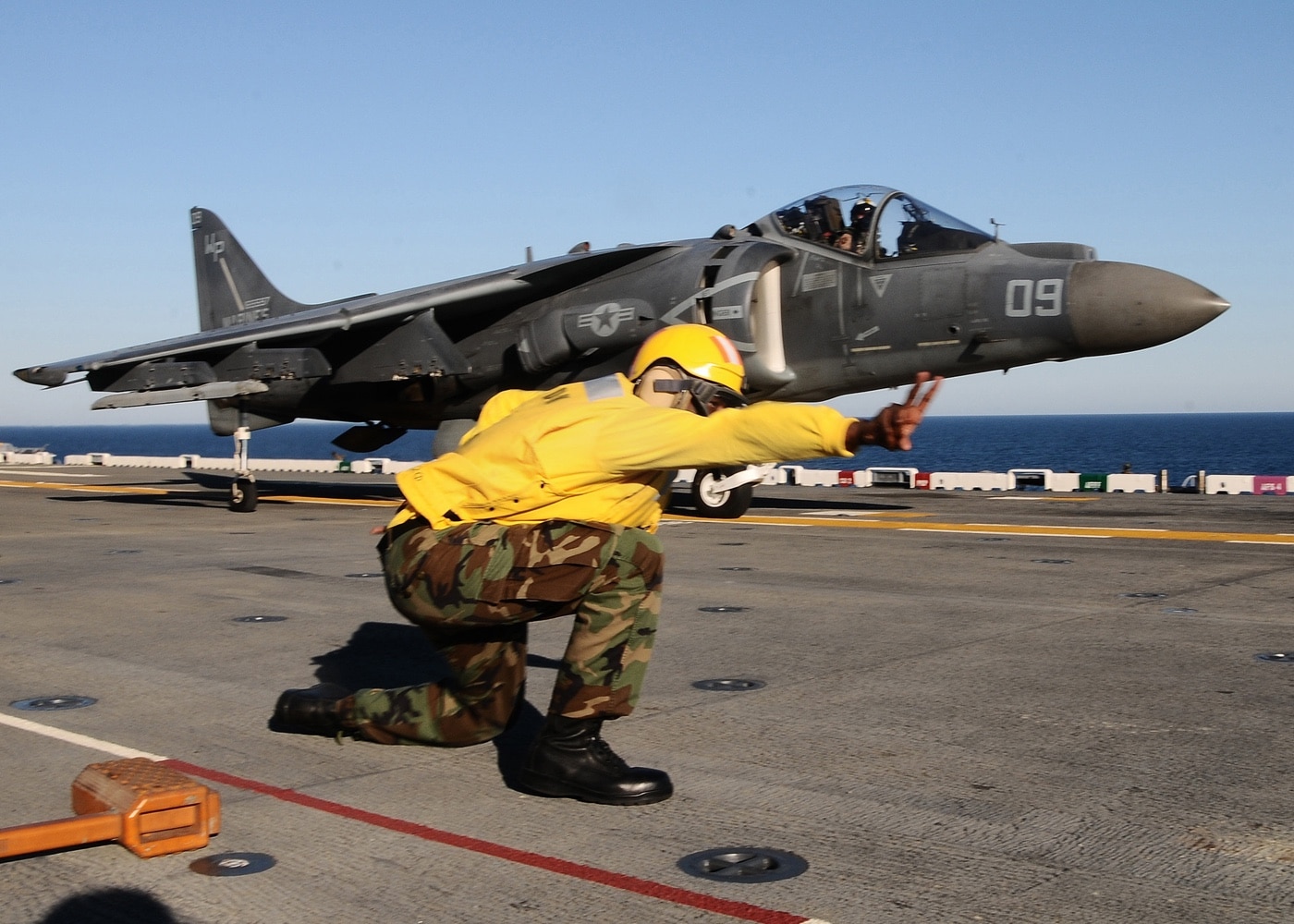
That’s where the reinforced part of VMM-162 plays an important role. The ACE can also call on AV-8B Harrier jump-jets for close air-support and other CAS aircraft such as the UH-1Y Venom armed and upgraded version of the venerable Huey helicopter, and the AH-1Z Viper which carries the new JAGM (Joint Air-Ground Missile) in addition to rockets and its devastating rapid-fire 20mm cannon.
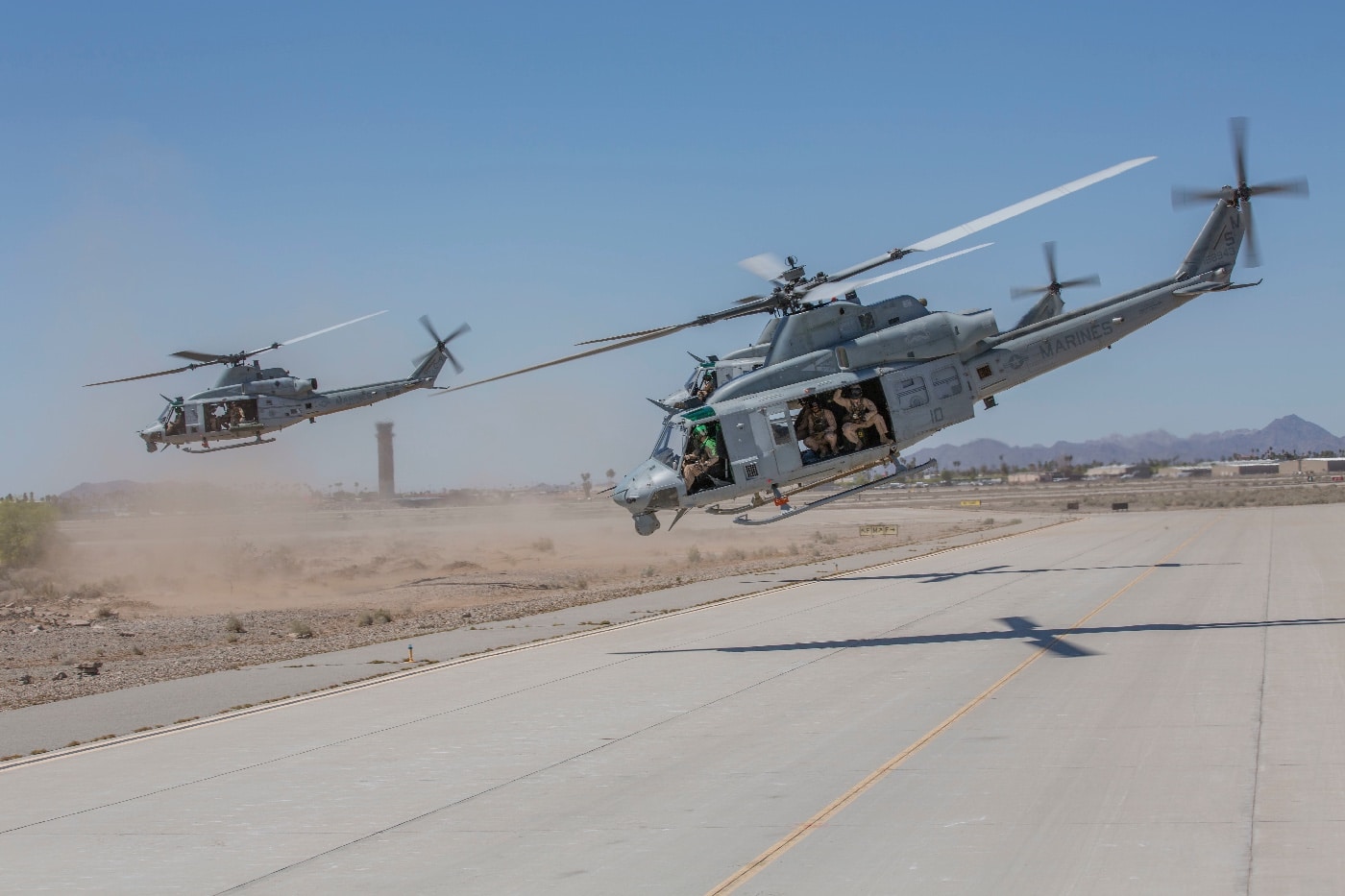
Suppression of AAA and other ground fire threats to ACE operations by the 26th MEU would fall to the Harriers, Venoms and the Vipers which would be operating from inland FARPs (Forward Arming and Refueling Points) for rapid turnaround as troops advance inland.
Interested in knowing more about the Marines’ SuperCobras? Click here.
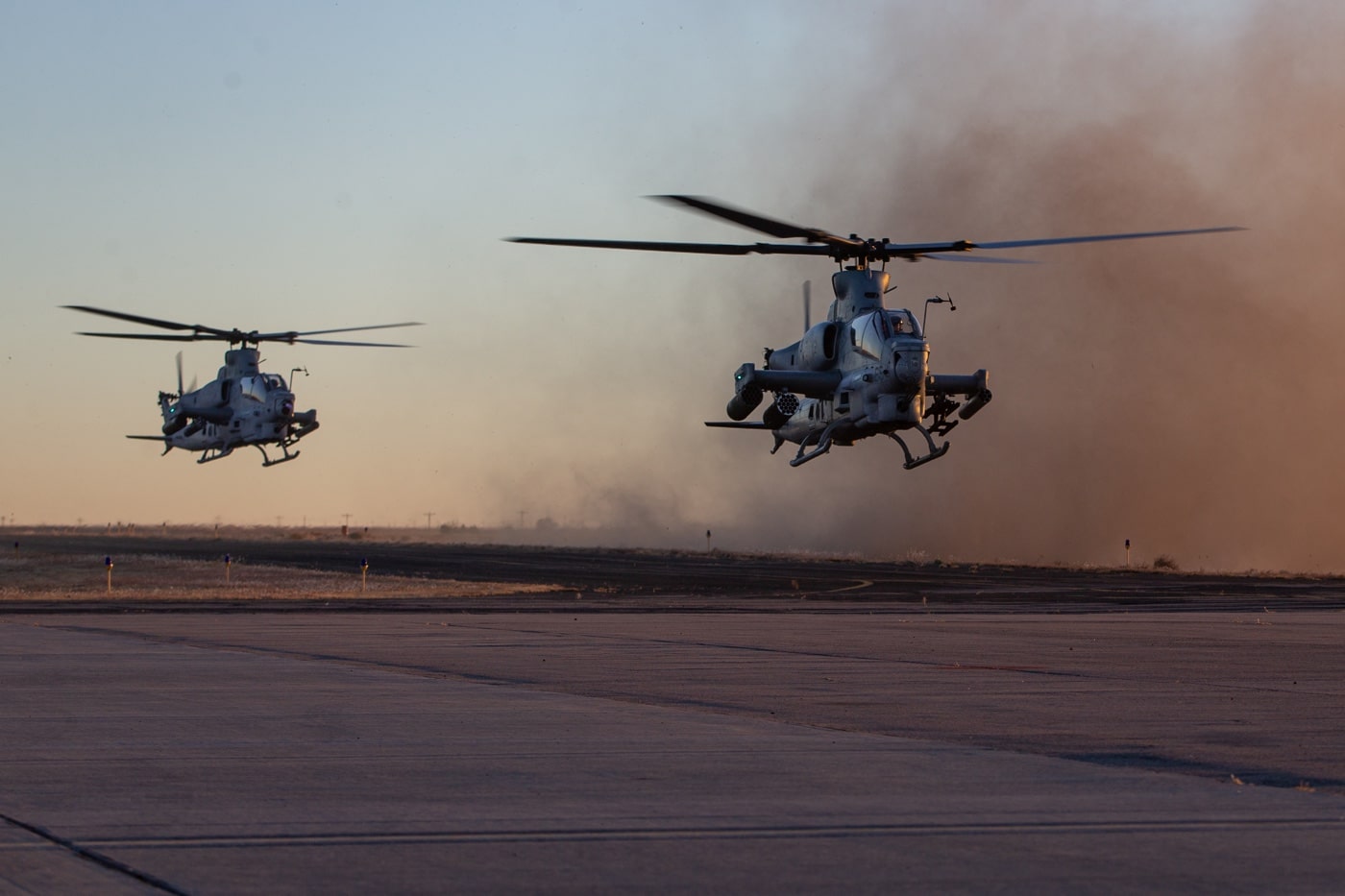
Getting It Done
Those FARPS and all other logistic support of the 26th MEU (SOC) would be carried out by the Logistics Combat Element, in this case Combat Logistics Battalion 22. These Marines and sailors do a lot more than shipping beans, bullets and bandages for the MEU. They are the find it, fix it and ship it forward operators who keep the whole effort moving.
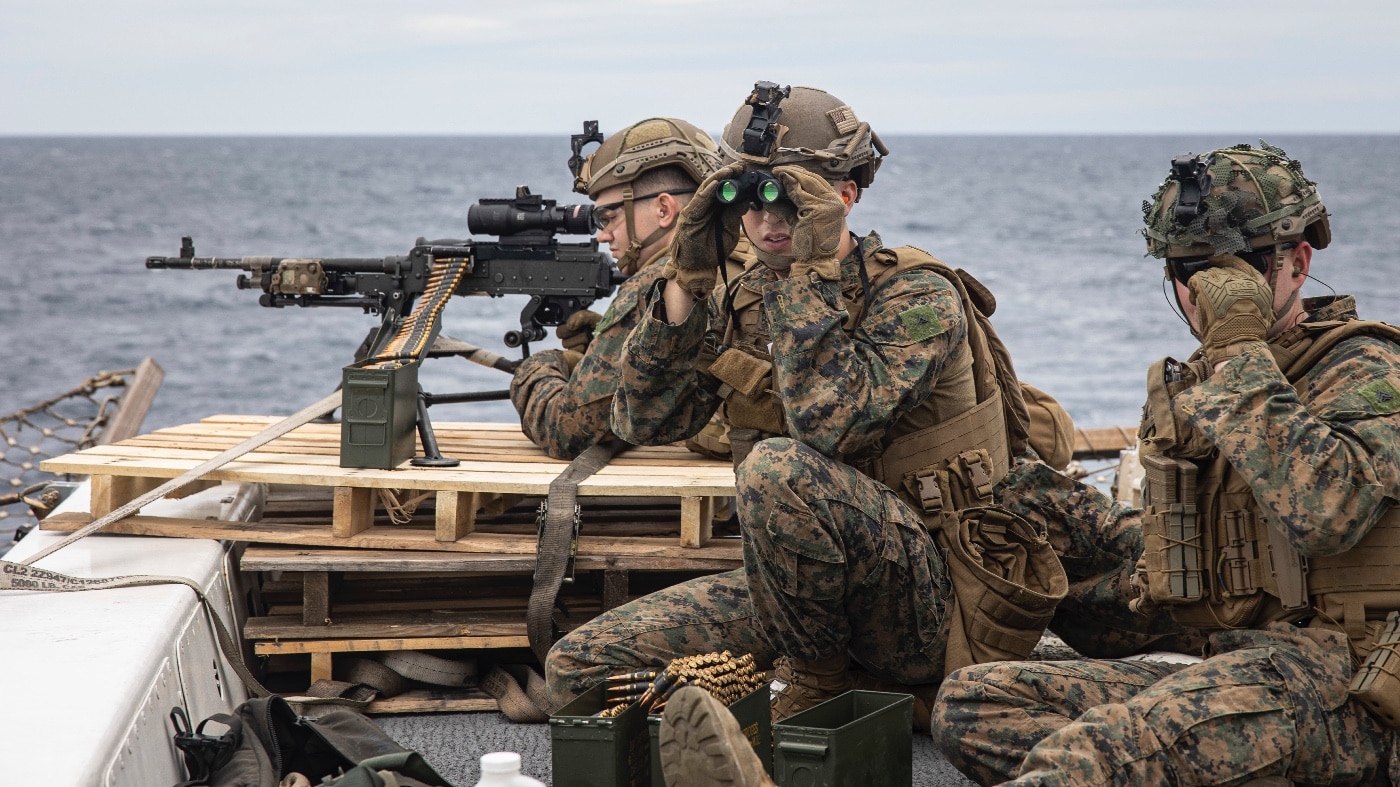
Marines in outfits like CLB-22 are masters of innovate, adapt and overcome, but they need tools for the jobs at hand. That may be a problem in the potential combat situation facing the 26th MEU (SOC). When the Corps chose to divest itself of tanks, they also tossed out their engineer bridging equipment. Should the MEU be ordered ashore and run into rivers or other obstacles requiring bridging, they will find themselves in a tight spot.
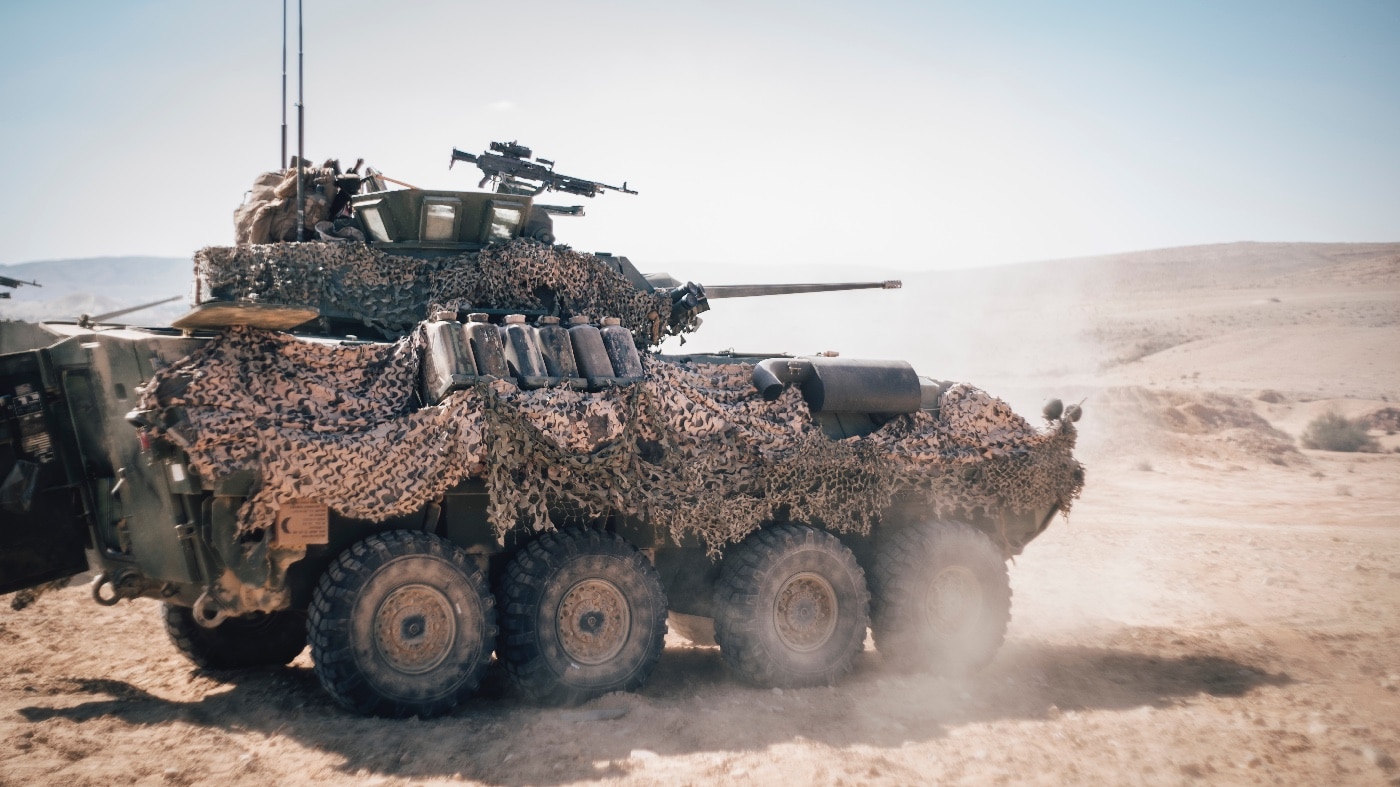
The Right Tool
Of course, the 26th MEU (SOC) might not be employed in conventional amphibious combat operations. They are trained to do multiple types of operations in an exhaustive 26-week pre-deployment training curriculum that molds them into a highly adaptive, quick response force, which earns the unit the SOC or Special Operations Capable designation.
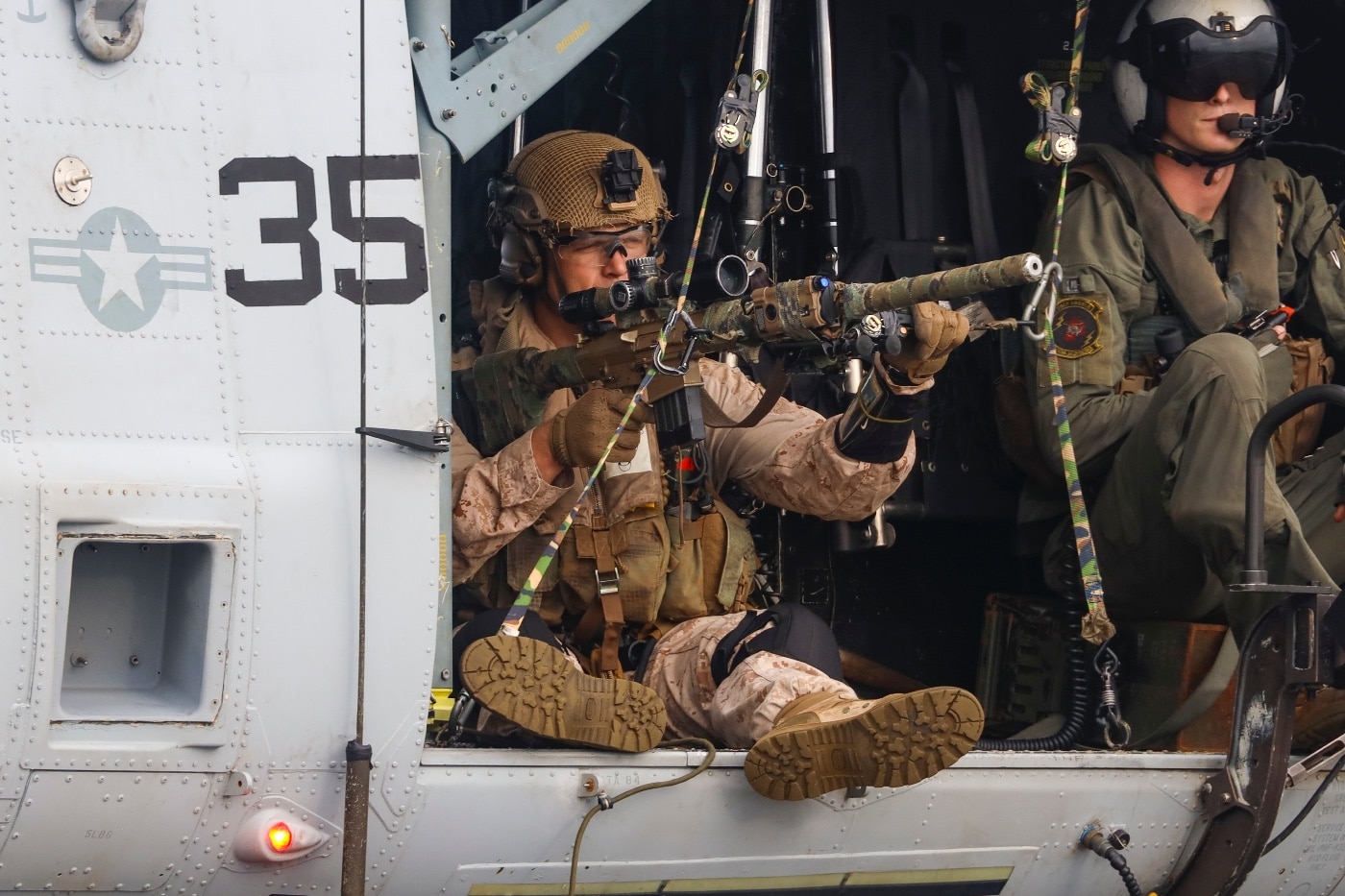
It’s interesting to note that the 26th MEU is the first such outfit to earn that designation in nearly a decade. The Special Operations Capable designation fell by the wayside for the most part during Marine commitment to combat deployments in Afghanistan. Training for standard MEU missions such as Tactical Recovery of Aircraft and Personnel (TRAP), Humanitarian Assistance (HA), Noncombat Evacuation Operations (NEO) and conventional operations seemed adequate for a decreasing number of MEU deployments.
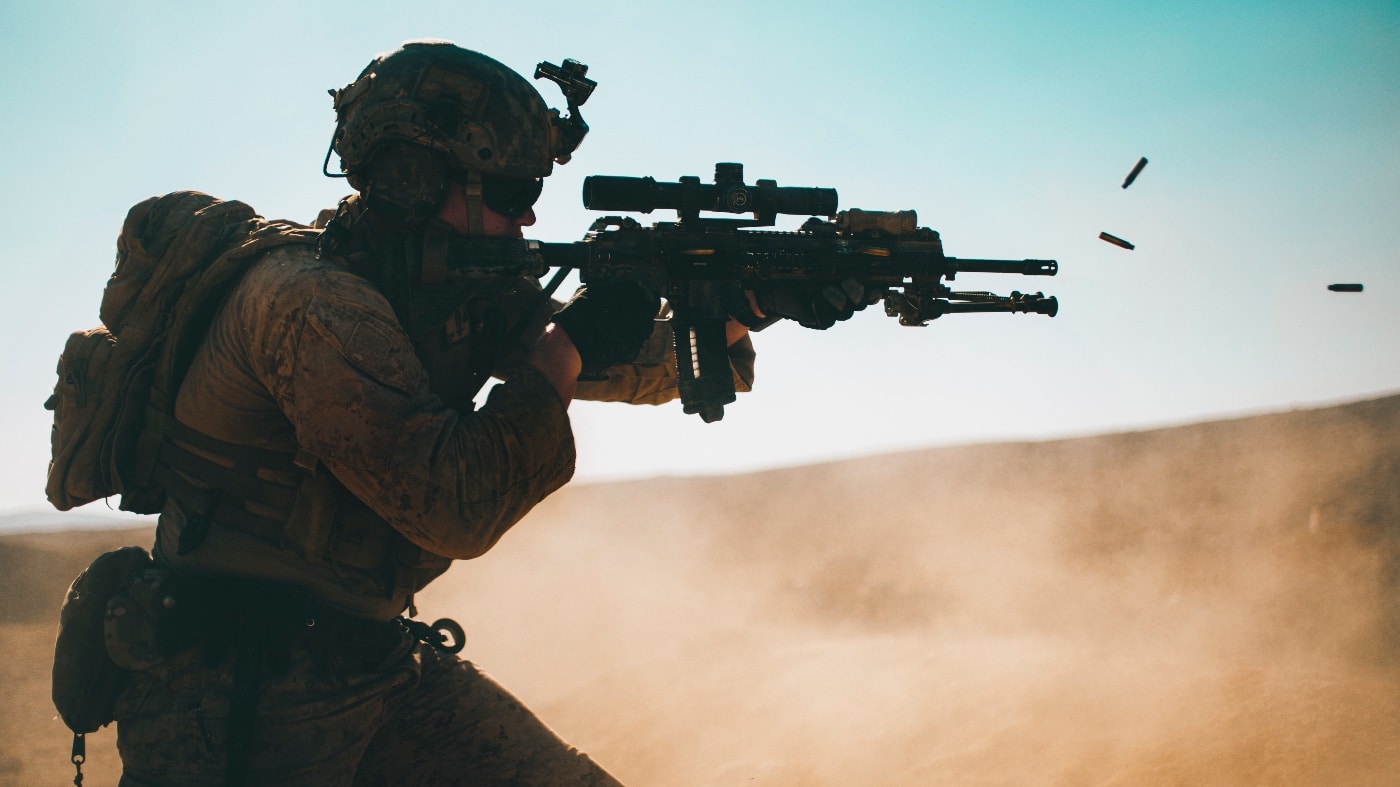
Up to this point, Marine-deployed MEUs went without the Special Operations increased level of training and deployed on an irregular schedule due to manpower shortages caused by Afghanistan commitments and the Navy’s lack of available hulls in the gator fleet. These days, the Corps is scrambling to attain its standard of having three MEUs constantly at sea around the globe and ready 24/7 for use by the various geographic Combatant Commands.
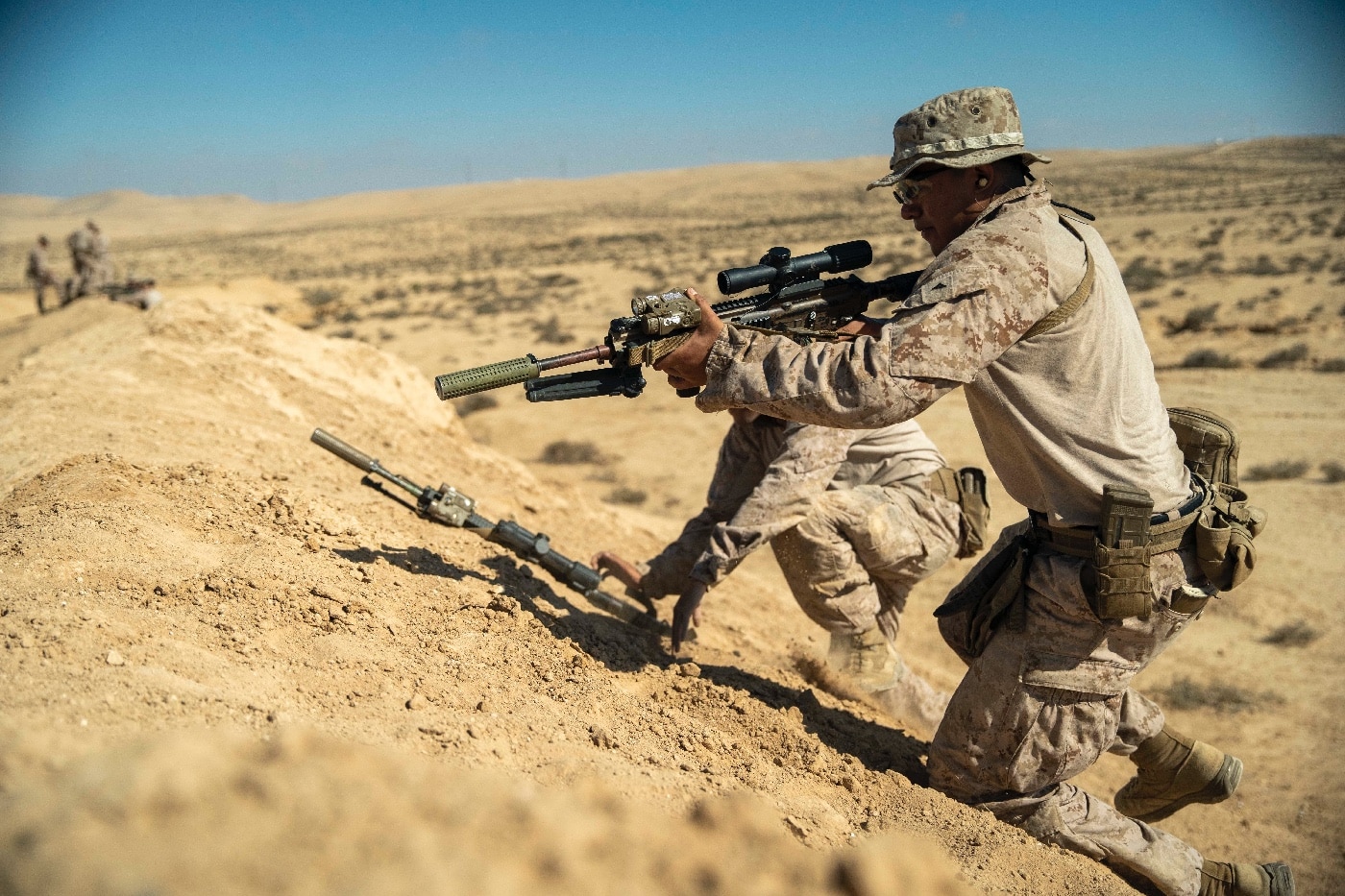
Building Blocks
That doesn’t mean the 26th MEU (SOC) in the area is out there independent of support should they be called to fight. Think of the Marine Air Ground Task Force (MAGTF) as a Lego set. Blocks can be added rapidly to create a Marine Expeditionary Brigade (MAB) of two or more MEUs, and even bulked up to create a Marine Expeditionary Force (MEF) if needed in the Middle East.
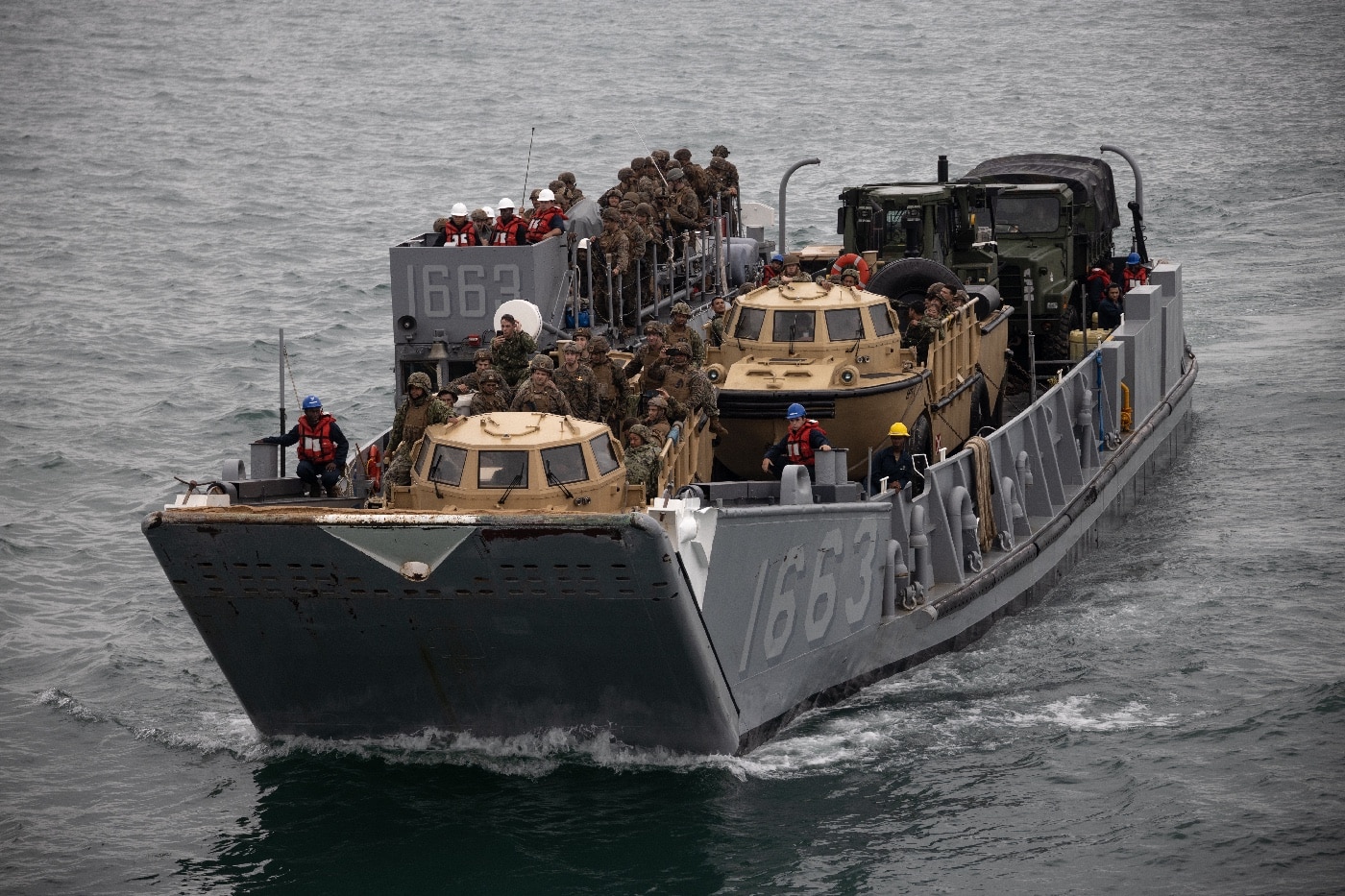
The Marine Corps is good at rapidly fielding task-organized, right-sized forces to meet an immediate threat. Right now, that would be a tough row to hoe due to the loss of pre-positioned equipment around the world and a significant lack of amphibious shipping in the Navy’s inventory.
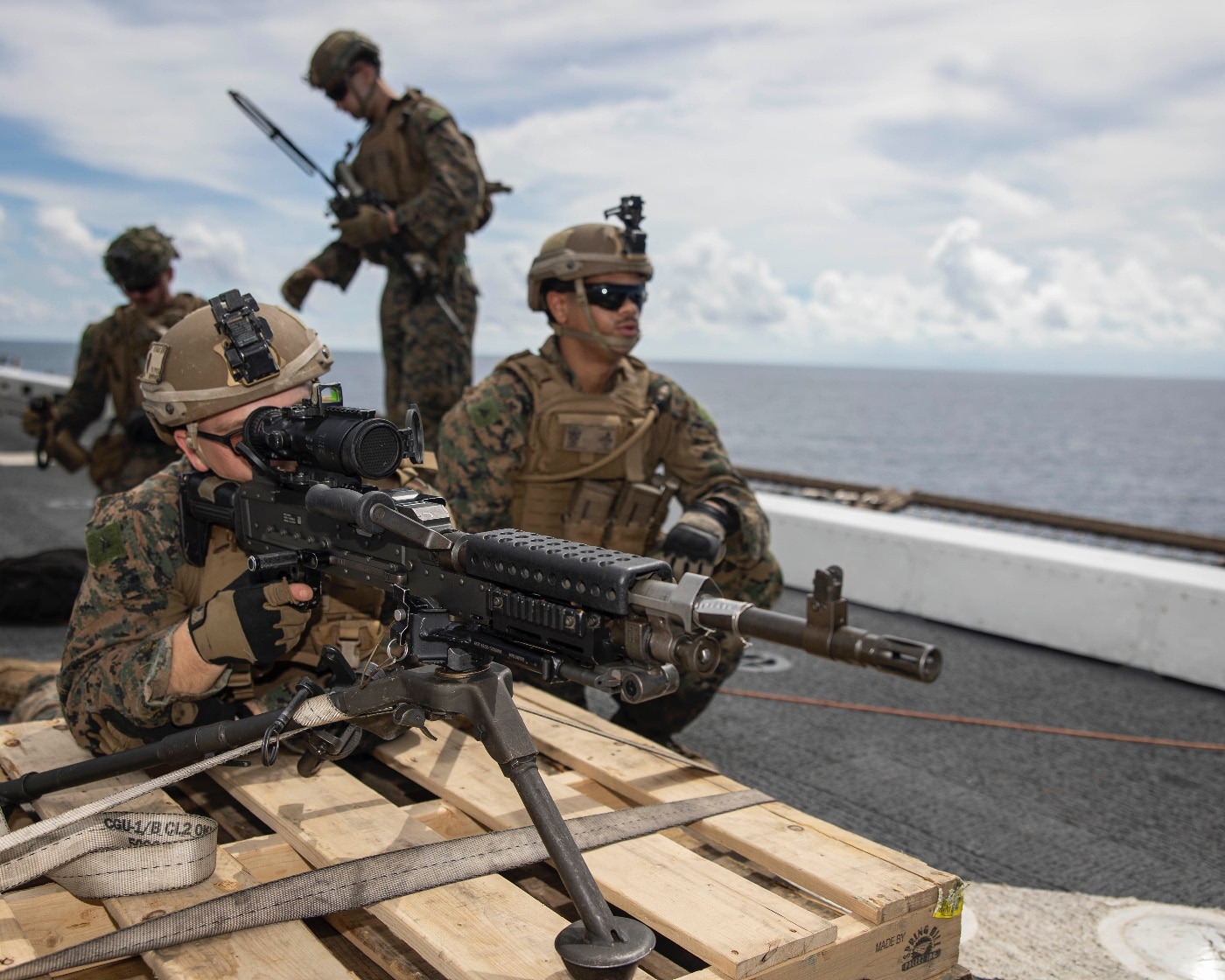
Conclusion
It’s an edgy situation for the Marines and sailors steaming offshore and closely watching the current conflict. It’s hard to know what to prepare for should they be called to fight. But I have no doubt they stand ready should they be called, and will be more than ready to protect US interests in this extremely volatile region of the world.
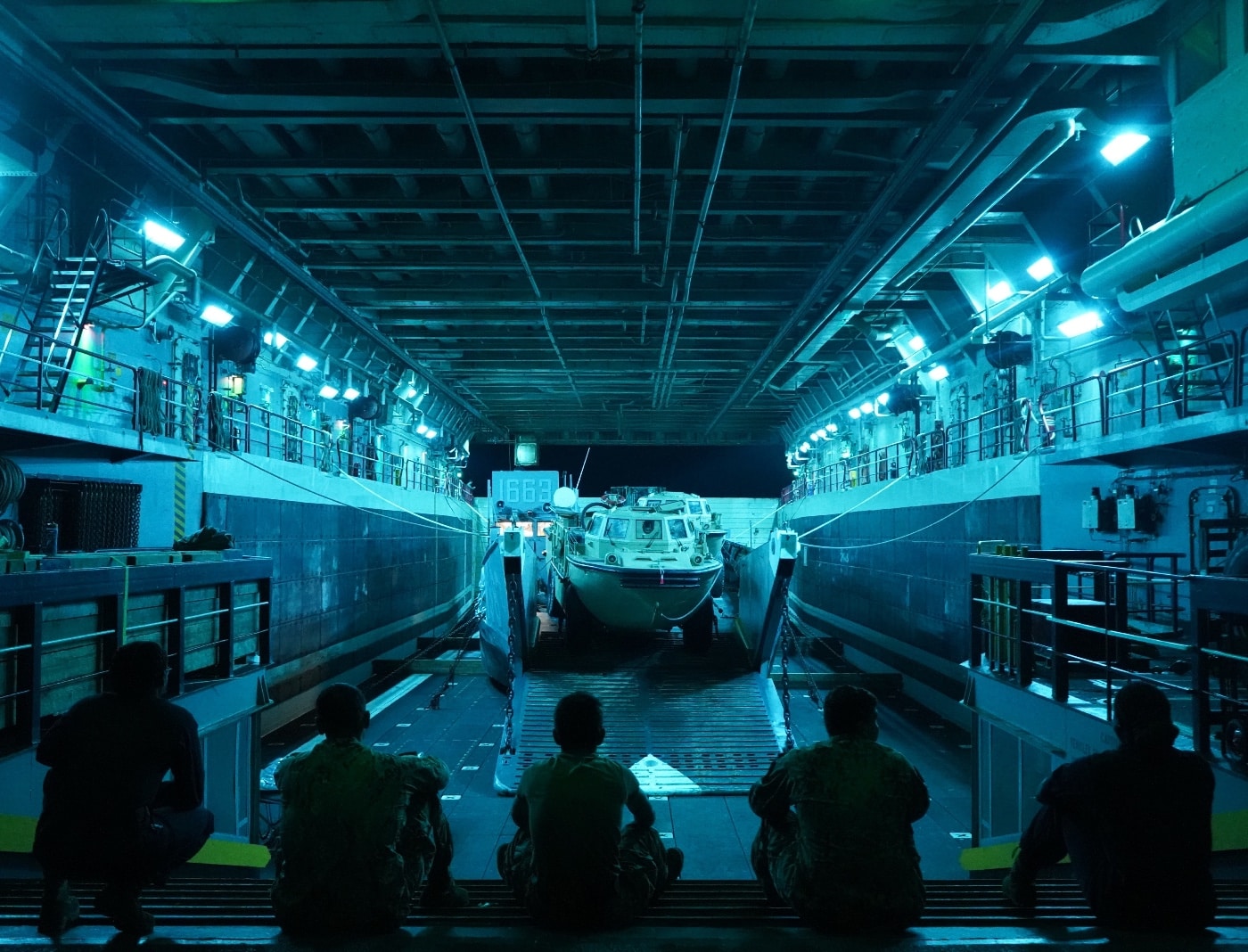
Editor’s Note: Please be sure to check out The Armory Life Forum, where you can comment about our daily articles, as well as just talk guns and gear. Click the “Go To Forum Thread” link below to jump in and discuss this article and much more!
Join the Discussion
Featured in this article
Continue Reading
Did you enjoy this article?

 325
325




